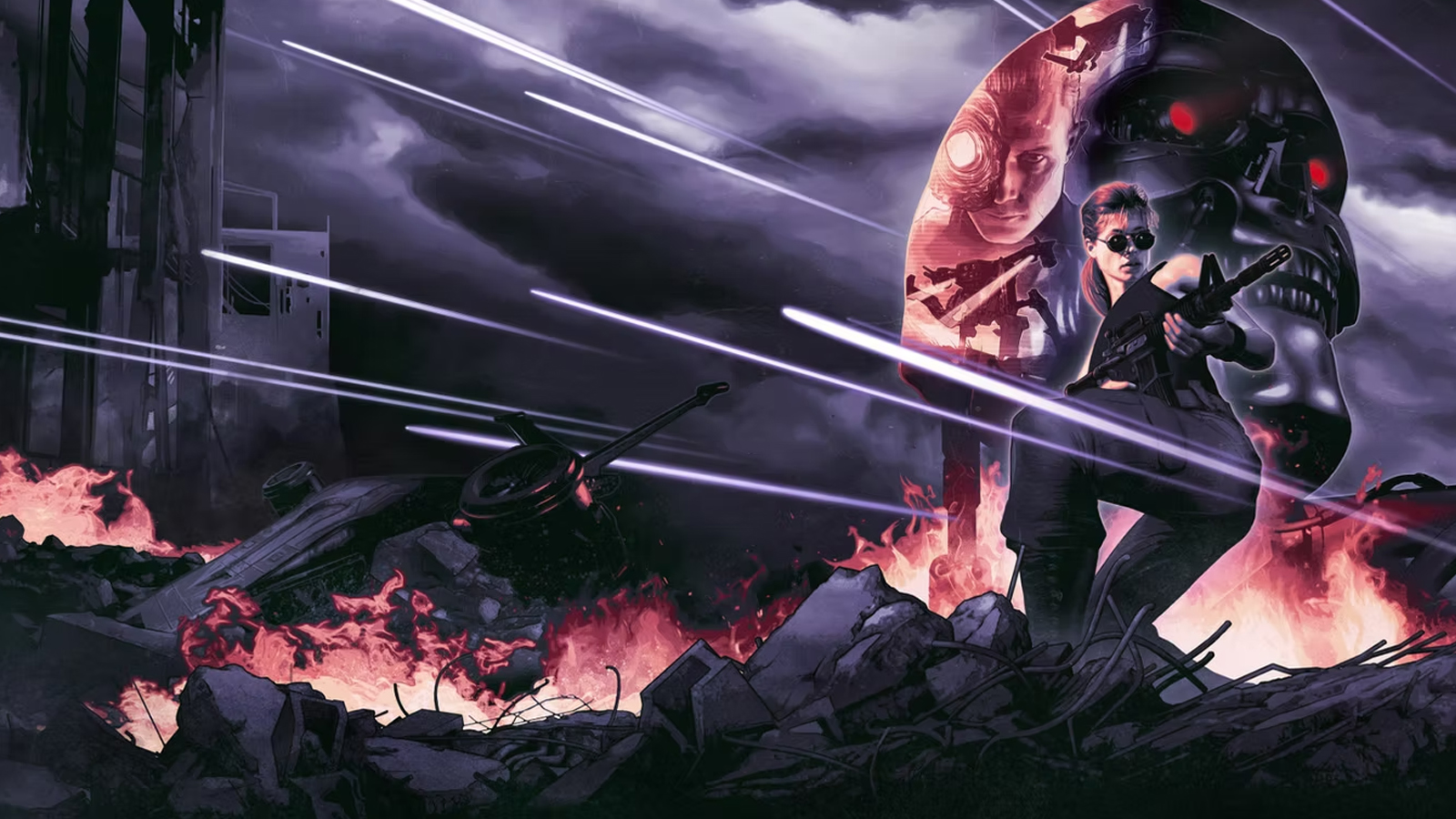Power up your UX design with experience mapping
Tom Dougherty explains how creating customer experience maps can enhance the UX design process.
The practice of mapping a user's multiple pathways through a website or application is a fundamental component of any web-based project. But how often do you really consider the role the website or app is playing beyond the on-screen interaction and how it shapes a person's journey towards achieving a goal?
Customer experience maps are often used by firms that are keen to understand how and when a customer engages with its business. They're designed to map out a customer's journey and are usually tied to a goal of some form.
Experience maps can be used for all types of projects. Recently, while working with a UK university, we spent a lot of time interrogating the journey students made when researching and selecting a course to study. We gained insight into the role the university website played at various points throughout the process of selecting a degree course. It was only when we mapped the journey out - from initial awareness right through to the first day - that we realised we were dealing with an 18-month 'customer' experience, with a vast number of touchpoints.
How to create a map
The best types of experience maps will combine an illustrated representation of a phased customer journey with documentation of the experience. The map should be easily understood by a client and should take into consideration how a person thinks, feels and behaves when engaging with a site or application. Always start with research. One-to-one interviews, surveys, focus groups can all be used to probe users. This qualitative customer research should be balanced with site analytics reviews to uncover online user behaviour patterns, too.
It helps to first break down the users into groups and map out the experience for each, as you will probably find that each group will have a different experience. For example, a business that sells used cars online may break down its customers into three segments: novice, expert and trade buyers.
When defining scenarios or goals, you should briefly paint the picture of the user and what they are looking to achieve. Next, it helps to break the experience down into phases. For example, the journey of a customer looking to purchase a product from an online store could be broken down into these seven key phases: awareness, research, decision, pre-purchase, reassurance, purchase, post-purchase. Establish touchpoints, which can be used to plot the actions of the customer along the journey.
Touchpoints should also include any external products or services that play a role in the customer's decision-making process. This is useful to enable a business to understand what information or functionality a user is seeking elsewhere and what's not being provided currently on the site. Then, highlight the 'moments of truth'. These are the points the customer interacts with the business. These moments should be focused on the online destinations and the actions taken.
Daily design news, reviews, how-tos and more, as picked by the editors.
Finally, consider how a user is feeling and thinking. Understanding the emotional state of a user will drive useful insight to inform the content strategy, functional scope and UX design.
Applying the findings
Once you've completed the experience map, you'll be in a much better position to make decisions and define the right approach for the product you're creating. At the base of each phase should be clear opportunities that could be considered as part of the design process. These may be content requirements or particular functionality and features that could enhance the user experience at each stage. The beauty of the experience map is that it will illustrate these insights in a visual framework rather than ending up in a forgotten document somewhere.
If done right, you will be pleasantly surprised how well this piece of work will be received by a client. So, next time you start work on your definition of the user journey, think about how many real world steps and emotional considerations are involved for the person in completing that goal.
Words: Tom Dougherty
Tom Dougherty is user experience director at Delete.
This article originally appeared in net magazine issue 247.
Liked this? Read these!
- Our favourite web fonts - and they don't cost a penny
- Create a perfect mood board with these pro tips
- Brilliant Wordpress tutorial selection
Tell us about your touchpoints in the comments!

The Creative Bloq team is made up of a group of art and design enthusiasts, and has changed and evolved since Creative Bloq began back in 2012. The current website team consists of eight full-time members of staff: Editor Georgia Coggan, Deputy Editor Rosie Hilder, Ecommerce Editor Beren Neale, Senior News Editor Daniel Piper, Editor, Digital Art and 3D Ian Dean, Tech Reviews Editor Erlingur Einarsson, Ecommerce Writer Beth Nicholls and Staff Writer Natalie Fear, as well as a roster of freelancers from around the world. The ImagineFX magazine team also pitch in, ensuring that content from leading digital art publication ImagineFX is represented on Creative Bloq.
